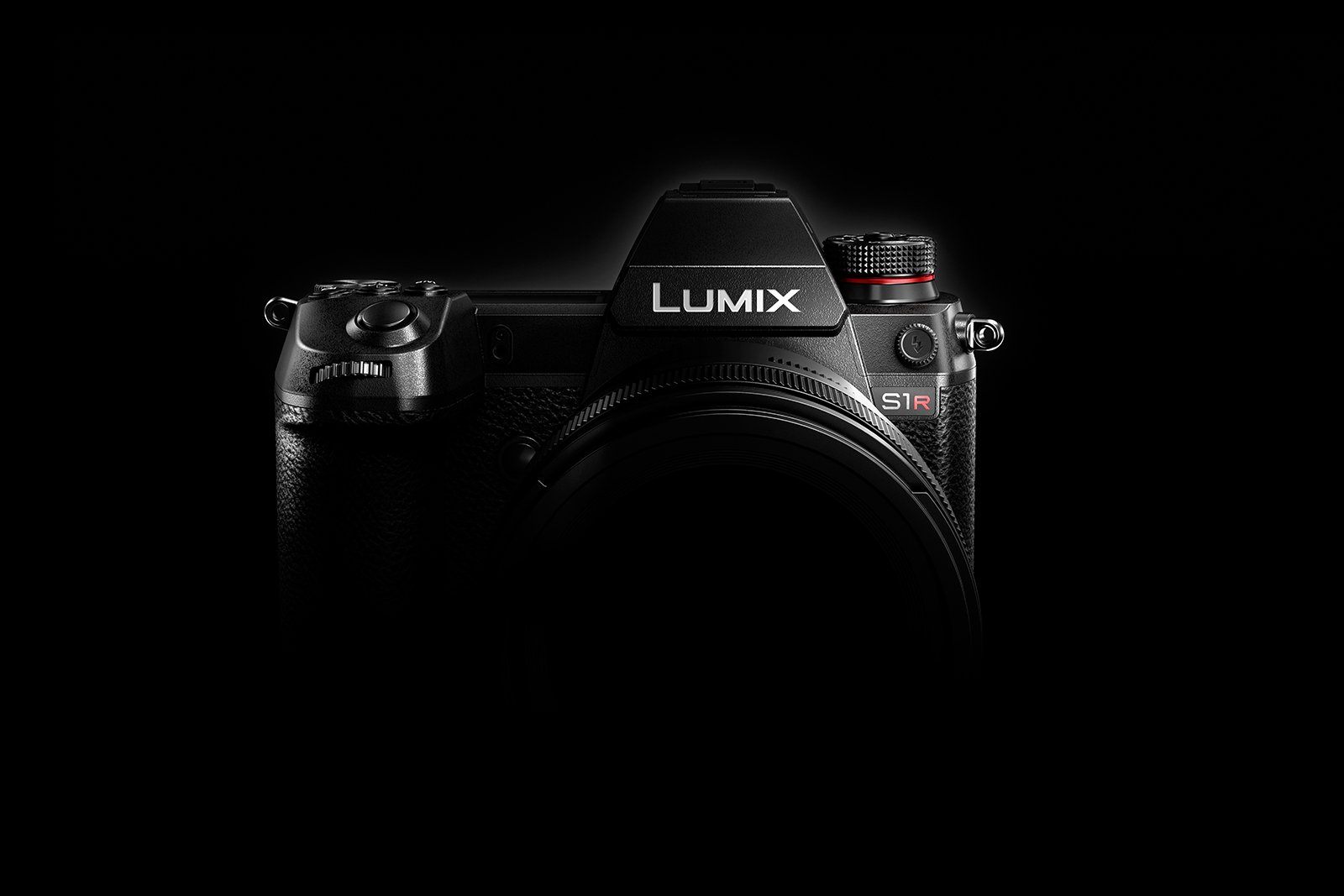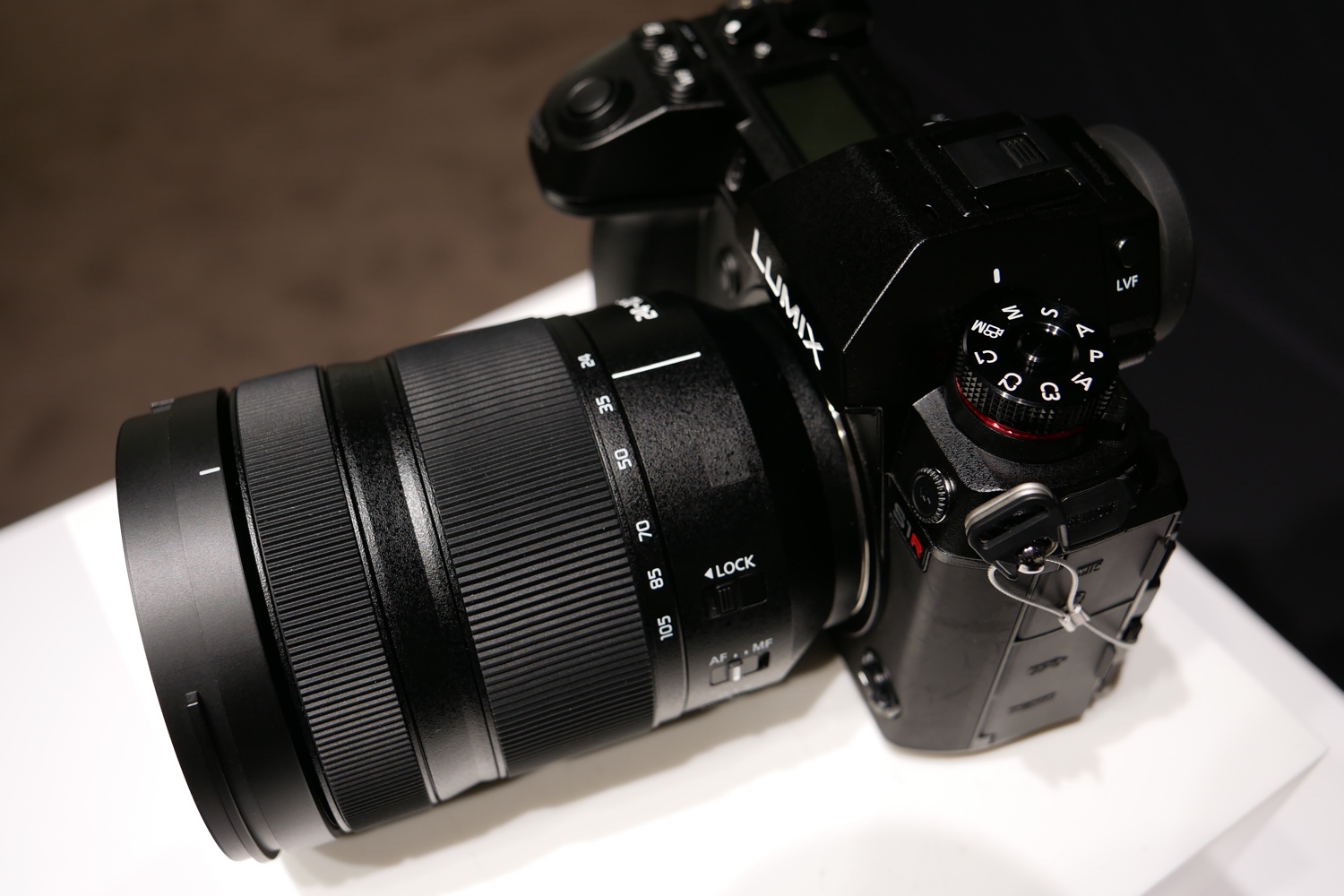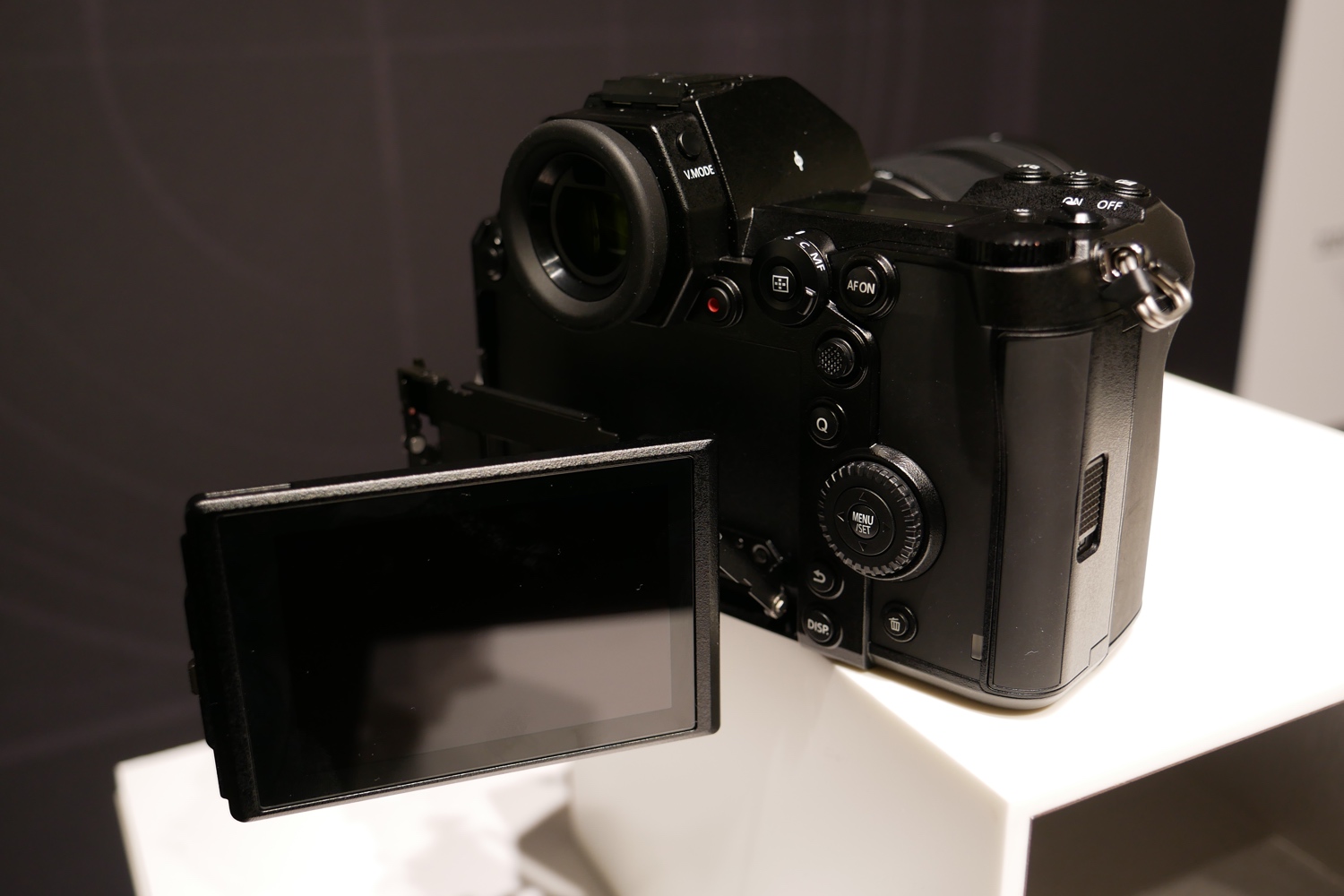2018 is officially the year for full-frame mirrorless. On September 25, Micro Four Thirds camera maker Panasonic announced its move to the larger sensor size, launching a pair of full-frame mirrorless cameras during the Photokina show in Germany. Called the Lumix S1 and S1R, Panasonic’s cameras have a unique advantage over the recently introduced Canon and Nikon models: they will launch with an existing ecosystem of lenses already available. Additionally, both feature 4K video at 60 frames per second, dual image stabilization, and dual media card slots with one XQD and one SD slot.
Panasonic has chosen to go with Leica’s L-Mount, which means eight Leica lenses are already available for them. Leica and Panasonic have worked closely together in the past, and now have formed a new alliance that also includes Sigma, who will also produce lenses for the L-Mount. Panasonic will make 10 lenses of its own within the next 12 months, as well three coming this year: a 50mm f/1.4, 24-105mm, and 70-200mm zoom lenses that the company says will have both high-resolution performance and impressive bokeh. In an interview, Sigma said that the company is also developing a full frame camera with an L-Mount.
Both the S1R and S1 will house full-frame sensors, but the S1R will sit at a higher 47-megapixel resolution while the S1 offers 24 megapixels. Both cameras will also use the Venus Engine processor. Like Panasonic’s Micro Four Thirds G series, the cameras can capture 4K/60 video. (And while Panasonic isn’t launching an 8K camera at this year’s Photokina, the company is promising 8K sometime in 2020).

The camera body and lenses can work together to create a Dual IS system, which uses both the stabilization from the camera body and the stabilization from the lens for additional shake reduction. Panasonic says the series is the first to use Dual IS on a full-frame sensor.

The cameras will use a high-speed, high-precision hybrid contrast detection autofocus. Panasonic says the S series also uses deep learning artificial intelligence in the autofocus system, but didn’t go into further detail about how that technology works and what it means for the camera’s performance.

The new S series will also house the highest resolution electronic viewfinder available on the market inside a weather-sealed body with a robust shutter. The camera body has a secondary LCD screen at the top, while the main LCD at the back uses a three-axis tilt for viewing from different angles. Panasonic’s director of the imaging business, Yosuke Yamane, says the control layout is designed to make the camera feel “as if it is part of the photographer’s body.” The company also managed to fit both an XQD and an SD card slot inside the body, providing not only two different formats but a way to backup images in the field.
While the advancement of full-frame mirrorless this year alone is enough to make some photographers question the future of Micro Four Thirds, Yamane says the Lumix G series isn’t going anywhere. The S series is designed for professionals with the best image quality, while the G Series is the most responsive, most portable camera line from the company.
The Panasonic Lumix S1R and S1 will launch in early 2019. Official pricing and full specifications have not yet been announced.
Editors' Recommendations
- Sony’s first drone, the Airpeak S1, rockets to 55 mph in just 3.5 seconds
- Smaller and cheaper, the full-frame Lumix S5 is exactly what Panasonic needed
- The Panasonic Lumix S5: Everything we know
- Sony’s new ultra-wide full-frame lens is the first of its kind
- Panasonic’s first true wireless headphones, the RZ-S500W and RZ-S300W, are here








